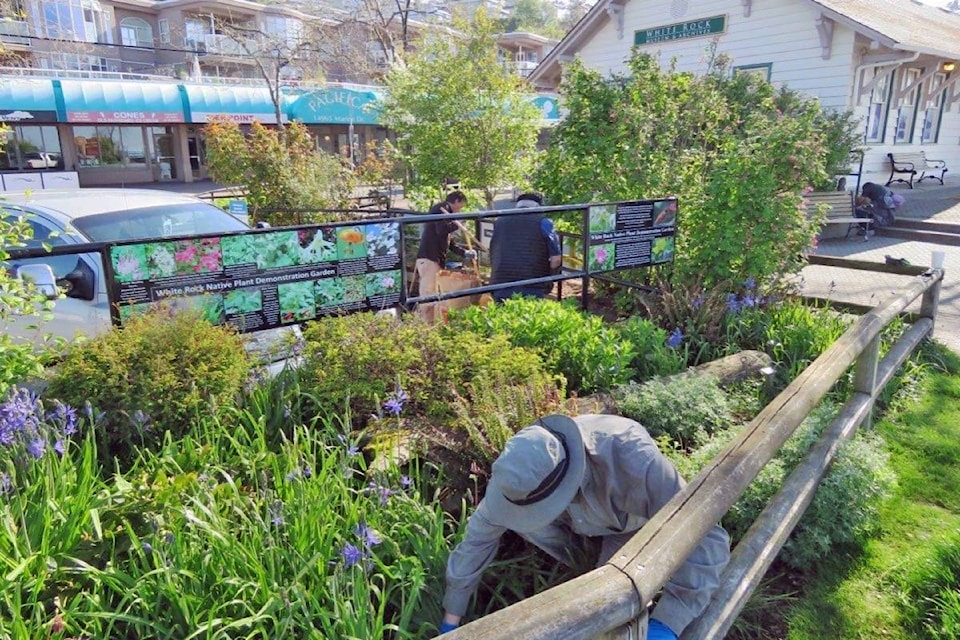By R. Quinlan
With the arrival of Spring, this year has more people out working in their gardens and outdoor spaces.
Garden shops are open and there are seeds and plants in many grocery and general stores. When shopping for new plants for gardens and outdoor spaces, there are many varieties of plants and flowers to choose from, sourced from all over the planet. But there is a growing new movement focused on hosting more locally sourced native plants in yards and community and business spaces.
In the past, we used native flowers and plants, traded seeds with our neighbours. We are slowly moving back to those practices. Groups and individuals, even businesses and industries are moving towards native pollinating gardens, due to an increasing awareness that biodiversity is vanishing at unprecedented rates.
Ecosystems are collapsing. And the smallest members of those ecosystems are the most crucial to their survival. Many species of insects are at the threat of extinction, and many of them are pollinators. Without pollination, many plants cannot survive, three-quarters of the world’s food crops rely on pollination and 25 percent of plants are threatened with extinction.
There are national organizations, groups, government incentives, and worldwide agreements such as the Paris Accord, focusing on the big picture. But on a smaller scale, local groups and individuals are helping to bring back the butterflies, bees and other pollinators.
Local groups such as Nanaimo and Area Land Trust with a Native Plant Nursery, in Cassidy. and other local nurseries that specialize in native plants. Community Gardens are making pollinator beds. Towns and cities are planting pollinating flowers in boulevards, in back alleys, beside parking lots, etc. And schools are creating schoolyard gardens.
A pollinator garden can be as attractive as any other, plus it comes with the added attraction of small wildlife buzzing around. The insects cannot adapt to most species of plants that are not local to their habitat, and as a result of pollution, consumption, destruction of habitat, 500,000 insects are at risk of extinction. As many as 1500 species of vertebrates, such as birds and mammals also serve as pollinators.
If you’re looking to plant your own pollinator garden, there are several resources to check out. BCseeds.org lists several seed supply companies in B.C., and bcinvasives.ca lists many invasive plant species to avoid when planting your garden.
The Canadian Wildlife Federation is offering a free online course, ‘Gardening for Wildlife’ from April 21- May 19th. You can watch pre-recorded videos until June 20th, 2021. There are books such as ‘Native plants for the Small Yard’ by Kate Brandes on how to grow a small garden that supports local ecology and still fits in with gardens in your neighbourhood.
With this growing movement to help reset nature, every action, large or small, is shaping the future of our planet. We are educating our children and each other, avoiding pesticides and herbicides, identifying invasive plants and weeds, creating water sources such as ponds and birdbaths, and planting native plants that flower at different times of the year in order to give the pollinators a constant food source.
Let us hear about what garden projects, small or large, your group, family, business, is doing to help bring back the pollinators, and happy gardening!
